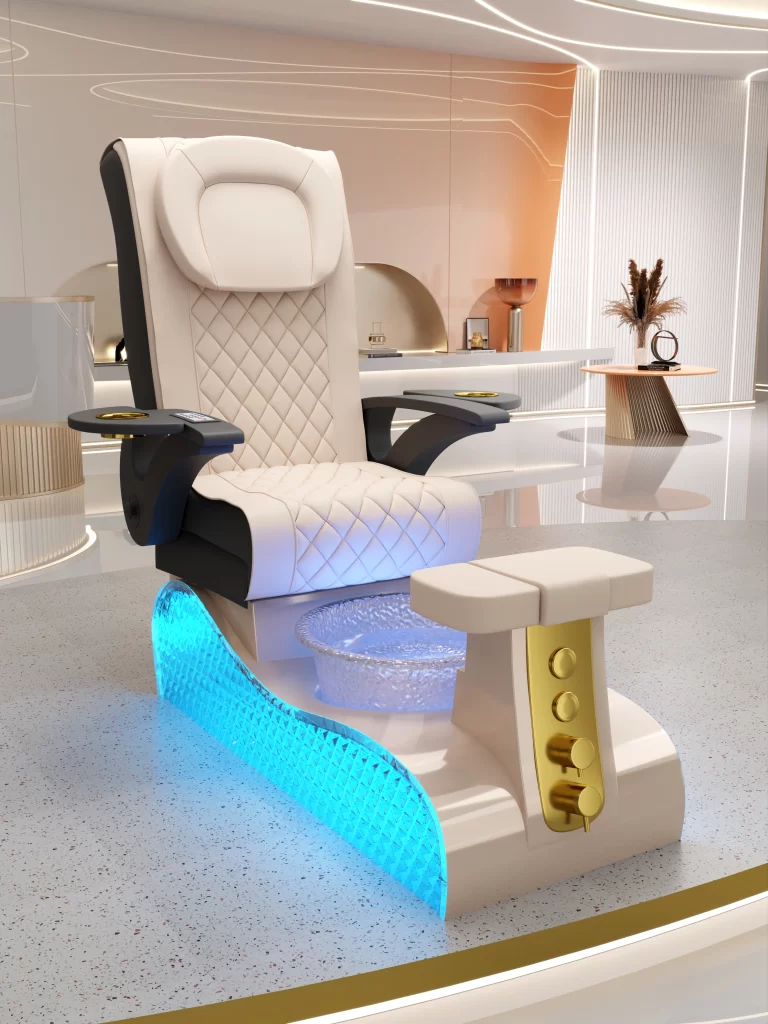Introduction
Amid the wave of consumption upgrades, high-end foot spa stores are no longer satisfied with providing traditional “foot wash and massage” services. They are redefining the standard of “health and wellness” experiences by introducing high-tech equipment like smart pedicure chairs. Investing tens of thousands of dollars per chair is not an impulsive decision but a calculated “value investment.” This article delves into the logic behind the costs and returns.
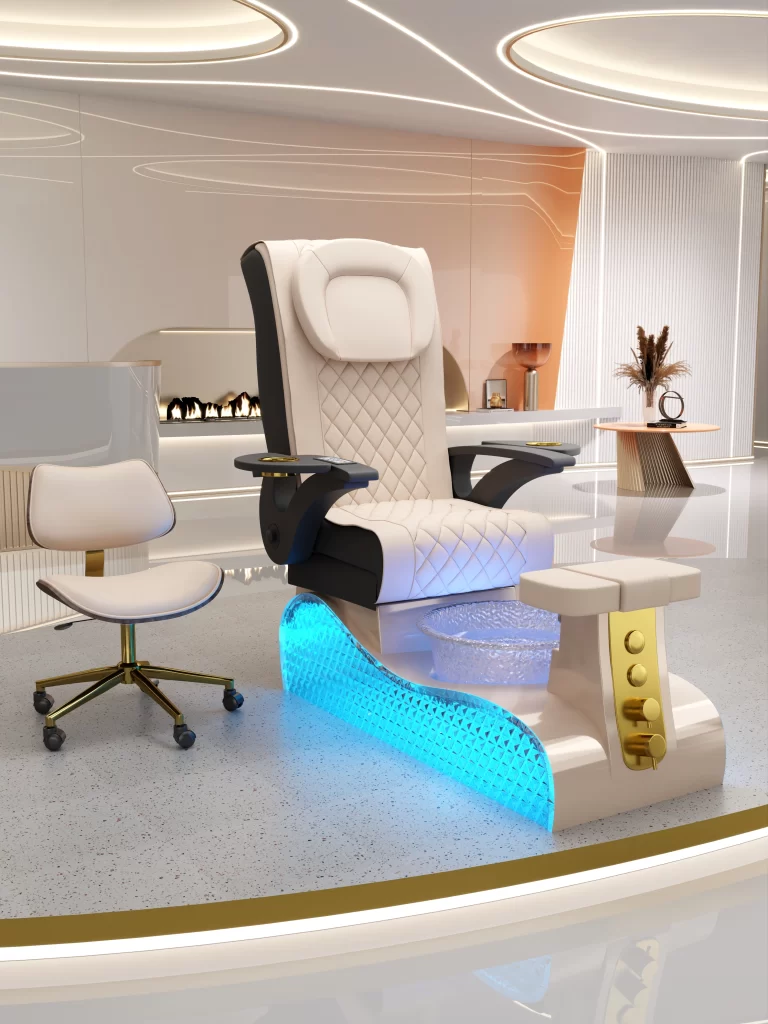
Part 1: Core Pain Points of High-End Foot Spa Stores (Why Do They Need to Buy?)
The decision to invest in smart pedicure chairs stems from addressing industry pain points.
1.High Labor Costs and Difficulty Hiring Technicians:
Traditional pedicure services heavily rely on technicians’ skills, but top-tier technicians command high salaries and exhibit high mobility.
Role of Smart Pedicure Chairs: Reduce dependence on pure manual labor, partially transforming technicians’ roles from “operators” to “equipment managers” and “service experience curators,” thereby improving efficiency.
2.Homogenized Experiences and Intense Competition:
How can stores stand out in a crowded market? They must offer “unique” premium experiences.
Role of Smart Pedicure Chairs: Features like electric adjustment, full-body airbag massage, heating therapy, smart entertainment screens, and one-touch memory settings elevate simple pedicure services into a multi-sensory experience of “sight, sound, and touch,” making them a “signature attraction” for stores.
3.Evolving Customer Demands and Word-of-Mouth Marketing:
High-end customers seek novelty, comfort, health benefits, and shareable experiences beyond basic services.
5.Role of Smart Pedicure Chairs: Their technological appeal, comfort, and “Instagrammability” (encouraging customers to share on social media) stimulate word-of-mouth marketing, generating free promotional traffic.
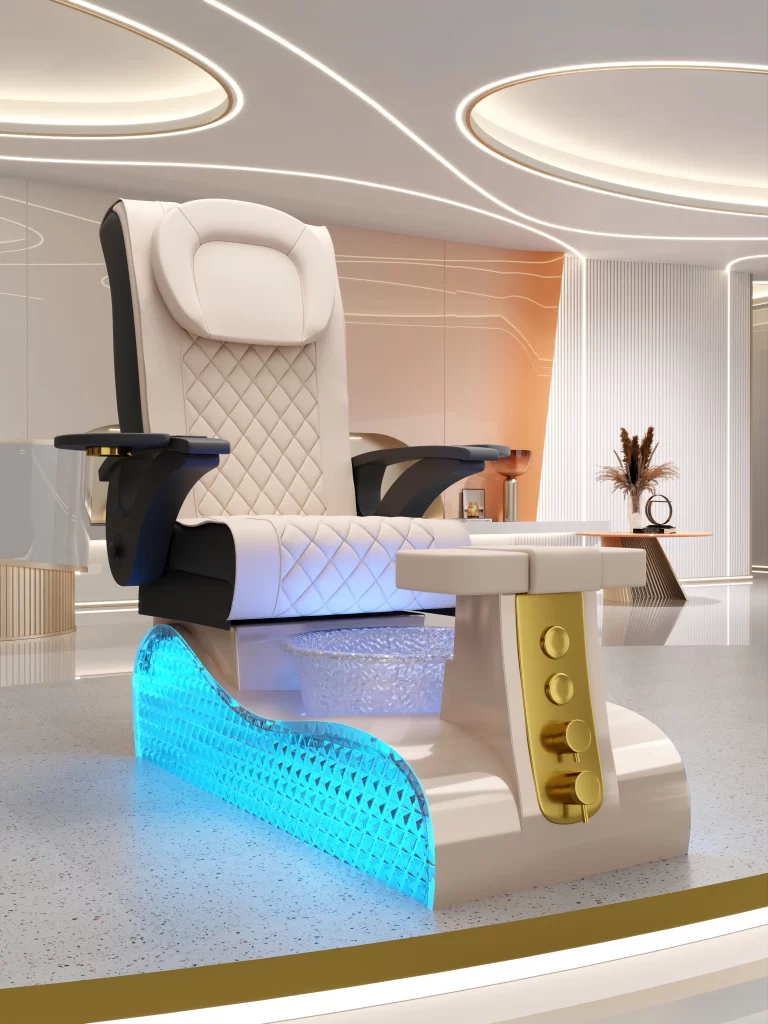
Part 2: The “Cost Accounting” of Smart Pedicure Chairs: Initial Investment and Hidden Value
| Cost Type | Traditional Pedicure Chair | Smart Pedicure Chair | Analysis and Interpretation |
| Procurement Cost | Low ($100 – $400) | High ($1000 – $4000+) | The initial investment is 5-10 times higher, posing the most obvious barrier. |
| Maintenance Cost | Low (simple structure, cheap repairs) | Medium (involves circuits, air pumps, etc., requiring regular upkeep) | Choosing reliable brands minimizes failure rates and keeps maintenance costs manageable. |
| Training Cost | High (relies on long-term technician experience) | Low (standardized operations, quick to learn) | Hidden Value 1: Significantly reduces training time and difficulty for new technicians. |
| Space Cost | Low (compact size, single function) | Medium (may integrate more features, requiring slightly more space) | Requires planning during store design to maximize space utilization. |
| Brand Image Cost | None | Negative Cost (i.e., generates returns) | Hidden Value 2: Top-tier equipment symbolizes brand strength, enhancing store prestige and reducing marketing costs. |
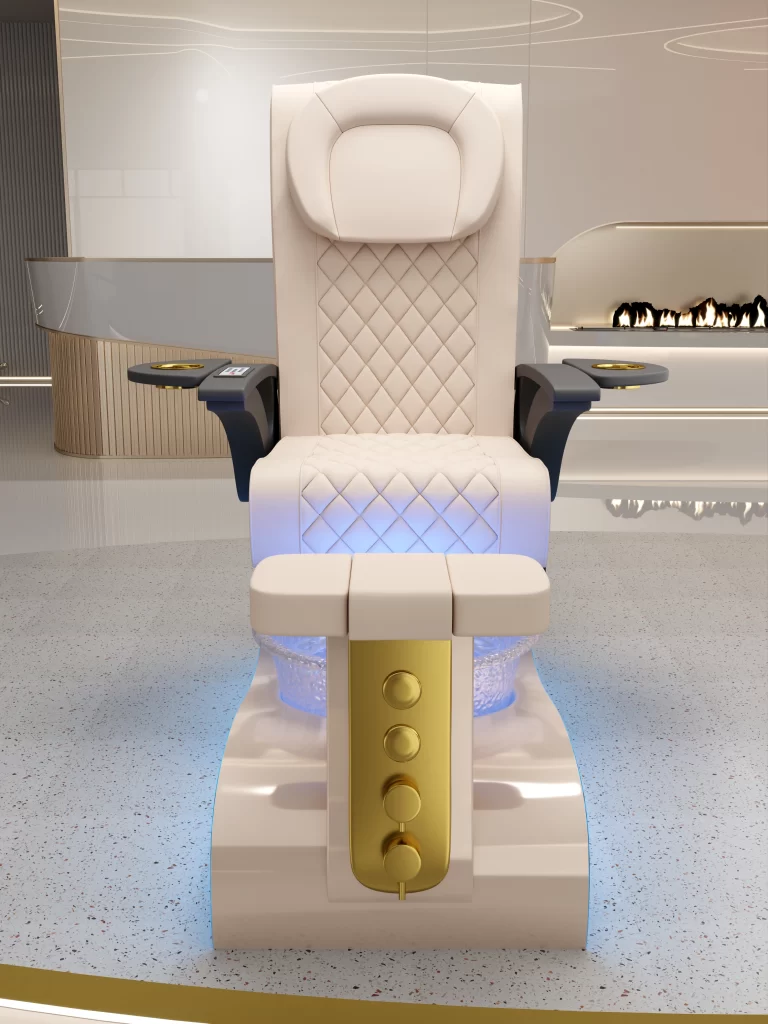
Part 3: The “Return Accounting” of Smart Pedicure Chairs: Multi-Dimensional Value Cr eation
The returns extend far beyond “selling more membership cards” and are multi-faceted.
1.Direct Economic Returns (Revenue Growth & Efficiency):
Higher Service Pricing: Services can be packaged as “Smart Premium Packages,” priced 30%-50% higher than traditional services.
Improved Turnover Rate/Efficiency: Electric adjustments and one-touch reset features reduce service preparation time, allowing technicians to manage multiple chairs simultaneously.
Membership Sales: The ultimate experience is the best catalyst for selling high-value membership cards, as customers pay for “continued enjoyment.”
2.Indirect Strategic Returns (Empowering Brand and Operations):
Differentiation: Becomes a “viral check-in spot,” attracting younger, high-spending customers.
Enhanced Customer Loyalty: Unmatched comfort fosters dependency—”I choose this store because of that chair.”
Data Value: High-end smart chairs can connect to systems, recording customer preferences (e.g., massage intensity, tilt angle) for targeted marketing and personalized services.
Reduced Reliance on Labor: Alleviates the challenge of hiring skilled technicians, ensuring standardized and consistent service quality.
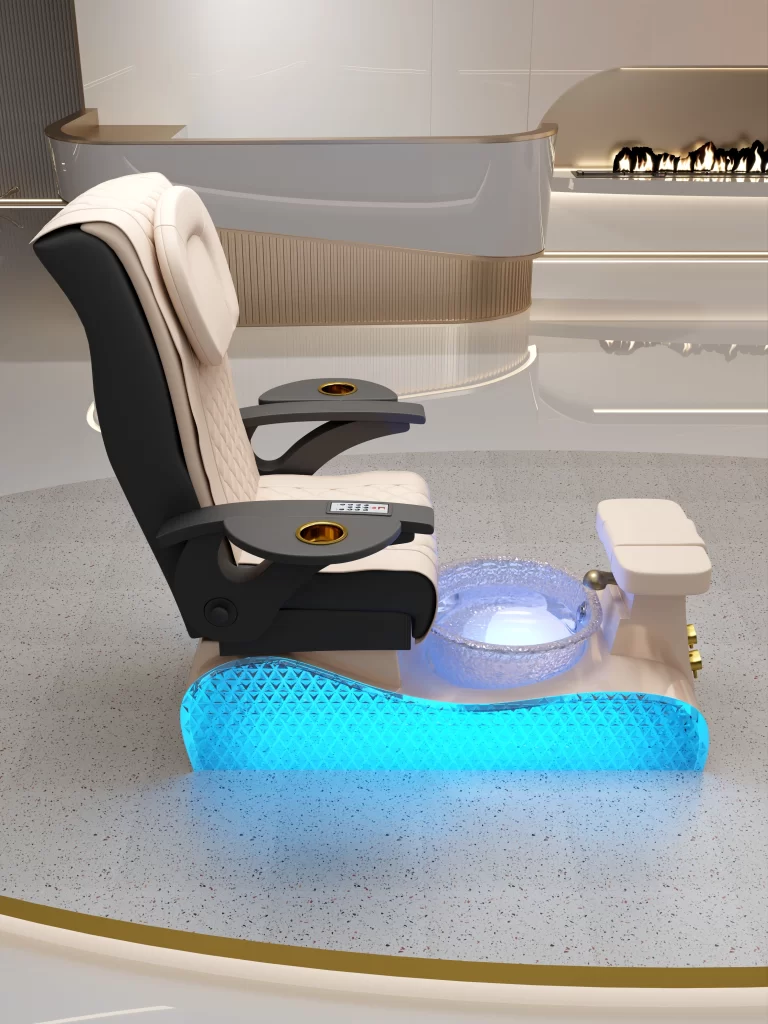
Part 4: Investment Advice and Decision-Making Guide
1.Should You Invest? If your positioning targets the mid-to-high-end market and you pursue brand differentiation and long-term value, the answer is yes.
2.How to Choose?
Focus on Electromechanical Performance: Ensure smooth adjustments and precise massage functions—the foundation of comfort.
Prioritize User Experience Details: Choose easy-to-clean and durable leather materials, rich entertainment content, and convenient phone charging options.
Evaluate Brands and After-Sales Service: Opt for professional brands with robust after-sales networks and prompt responses.
3.How to Recoup Costs?
Conduct a simple Return on Investment (ROI) calculation: (AnnualNew addition Revenue per Chair – Annual Amortized Cost) / Annual Amortized Cost * 100%.
Example: A smart chair costing $2000 with a 5-year lifespan has an annual amortized cost of $400. If it generates $1500 in annualNew addition revenue from upgraded packages and memberships, the ROI is (15,000 – 4,000) / 4,000 * 100% = 275%. Typically, the cost can be recouped within 1-2 years under ideal conditions.
Conclusion
For high-end foot spa stores, smart pedicure chairs are no longer just simple chairs—they are a strategic traffic entry point, an experience core, and an efficiency engine. Their high price tag represents an investment in replacing high labor costs, enhancing brand value, and securing future customer flow. Once this accounting is understood, the decision to invest transforms from a cost issue into a strategic choice about future competitiveness.

